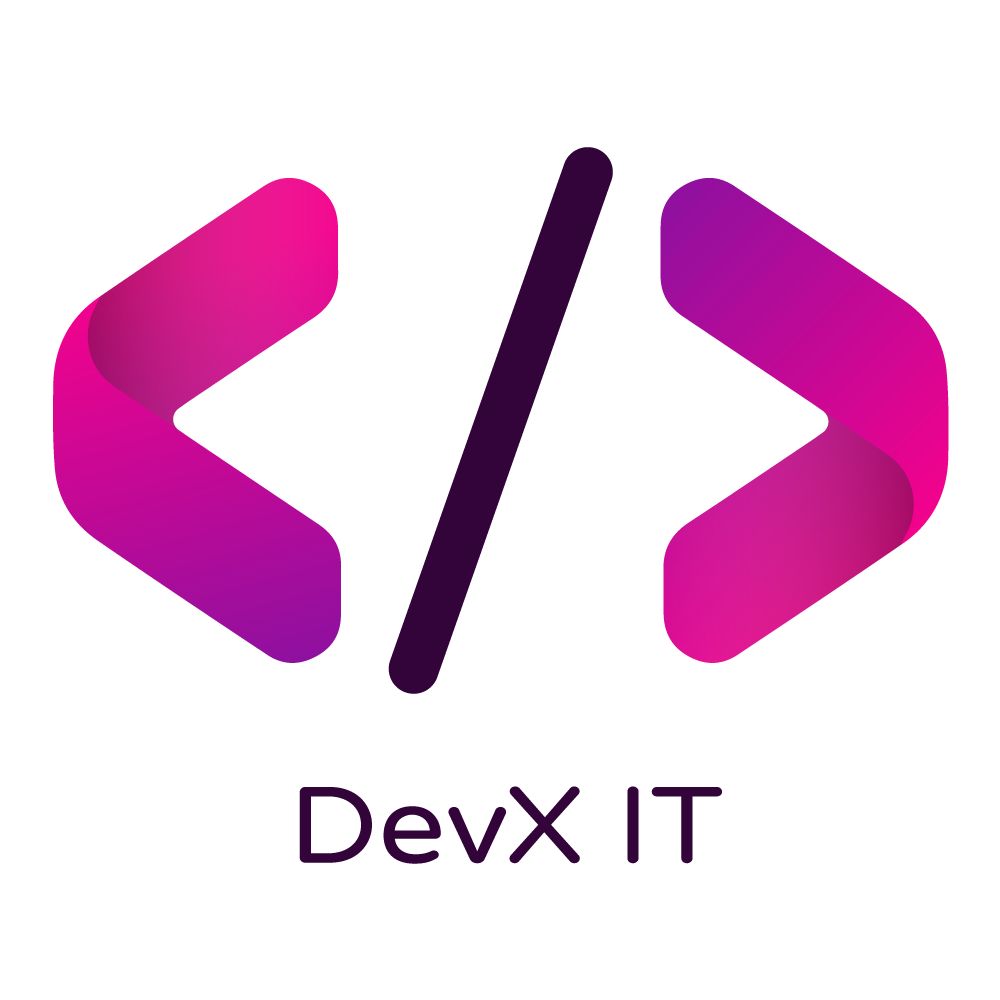A Minimum Viable Product (MVP) is a basic version of a product or service that is designed to satisfy early customers and validate a business idea with minimal effort and expense. It typically includes only the core features and functions necessary to solve a specific problem or address a specific customer need. The goal of an MVP is to test assumptions, gather feedback, and make informed decisions about the product’s future development based on real-world user data. By starting with an MVP, businesses can avoid costly mistakes and ensure that they are building something that their customers actually want and need.

This title emphasizes how rapid prototyping can help businesses quickly iterate and refine their MVP ideas to drive innovation.

This title highlights the speed and efficiency advantages of using rapid prototyping to create MVPs that meet customer needs and expectations.

This title emphasizes how rapid prototyping can help businesses move from idea to product quickly and efficiently, reducing time-to-market and increasing competitiveness.

This title underscores the importance of failing fast and frequently to improve MVPs by quickly iterating through design and development processes.

This title captures the three key stages of MVP development (innovate, validate, iterate) and how rapid prototyping can help support each stage to produce a successful product.


This title emphasizes the importance of being agile and flexible in MVP development, and how rapid prototyping can support an agile development approach by allowing businesses to quickly test and adapt their ideas.


This title highlights the key features that are necessary for building an effective MVP, and how an MVP Builder can help businesses develop a successful product.

This title emphasizes the benefits of using an MVP Builder to take an idea from concept to prototype, and how it can help businesses quickly validate their ideas.

This title highlights how the right MVP Builder tools can help businesses streamline their product development process and build an MVP more efficiently.

This title emphasizes the potential return on investment (ROI) that businesses can expect from using an MVP Builder, and how it can help them save time and money while building a successful product.
